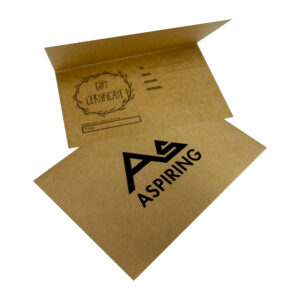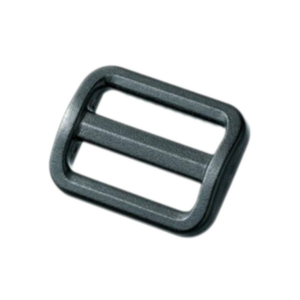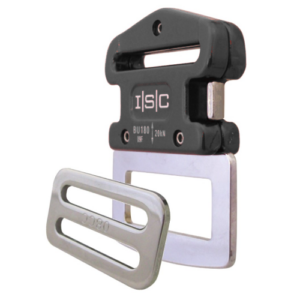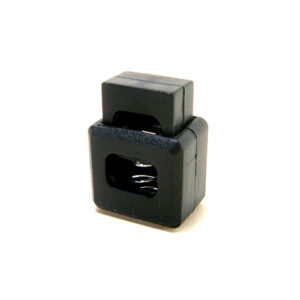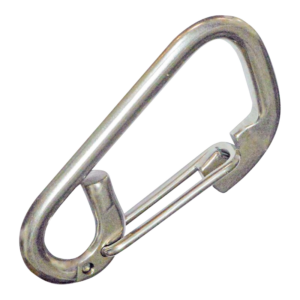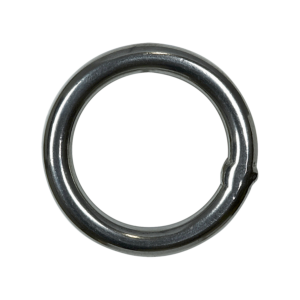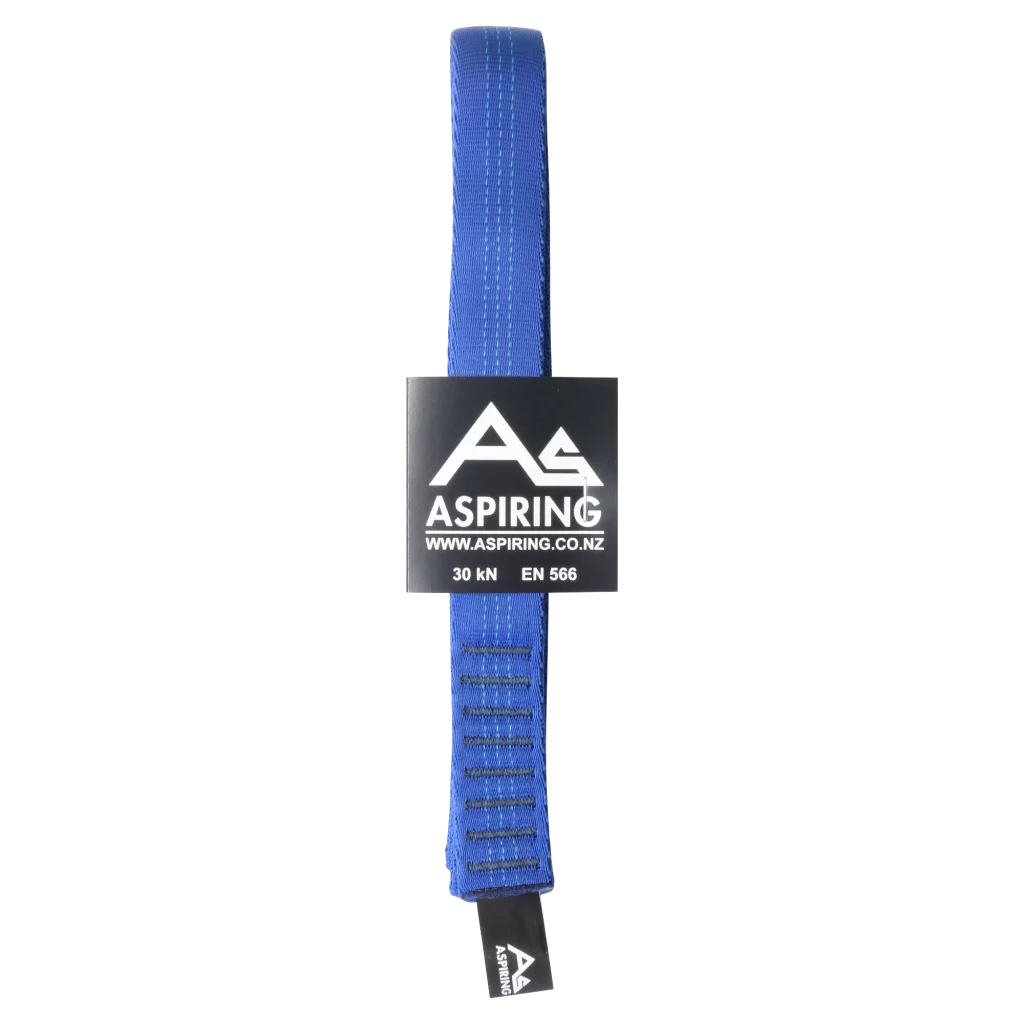Canyoning, Climbing, Mountaineering, Slings
Dyneema or Nylon Slings?
Webbing slings are an essential piece of equipment in the world of climbing, mountaineering, and other outdoor activities. They are used for anchoring, belaying, and various other purposes. Two popular materials used for webbing slings are Dyneema and Nylon. In this article, we’ll discuss the differences between these two materials and how they affect the performance of the slings.
Strength and Durability: Dyneema is known for its high strength and low weight, making it ideal for webbing slings. Dyneema has a tensile strength that is 15 times stronger than steel, making it one of the strongest fibers available. Nylon is also strong but not as strong as Dyneema. Additionally, Dyneema has excellent abrasion resistance and is more durable than Nylon. Therefore, Dyneema is often the preferred material for high-load applications such as anchor building.
Flexibility and Stretch: Nylon has a higher elongation at break than Dyneema, meaning it is more flexible and has more stretch. This makes Nylon webbing slings more forgiving when absorbing energy from falls or shocks, which can be beneficial in some situations. However, the same stretchy nature can be a disadvantage in anchor building where minimal stretch is required. On the other hand, Dyneema webbing slings have very little stretch, making them ideal for anchor building and other applications where minimal stretch is required.
Water Absorption: Nylon is known for its ability to absorb water, which can cause the webbing to weaken over time. Dyneema, on the other hand, is hydrophobic and does not absorb water. This property makes Dyneema webbing slings more resistant to degradation from moisture, making them ideal for use in wet or humid conditions.
Price: Dyneema is more expensive than Nylon, which can be a disadvantage for some climbers. Nylon webbing slings are more affordable and offer good performance for general climbing applications.
In conclusion, both Dyneema and Nylon webbing slings have their advantages and disadvantages. Dyneema is stronger, more durable, and hydrophobic, making it ideal for anchor building and high-load applications. Nylon, on the other hand, is more flexible, stretchy, and affordable, making it a good option for general climbing applications. The choice between the two ultimately depends on the specific needs and preferences of the climber. It’s important to choose the appropriate webbing sling for the specific application to ensure safety and optimal performance.












